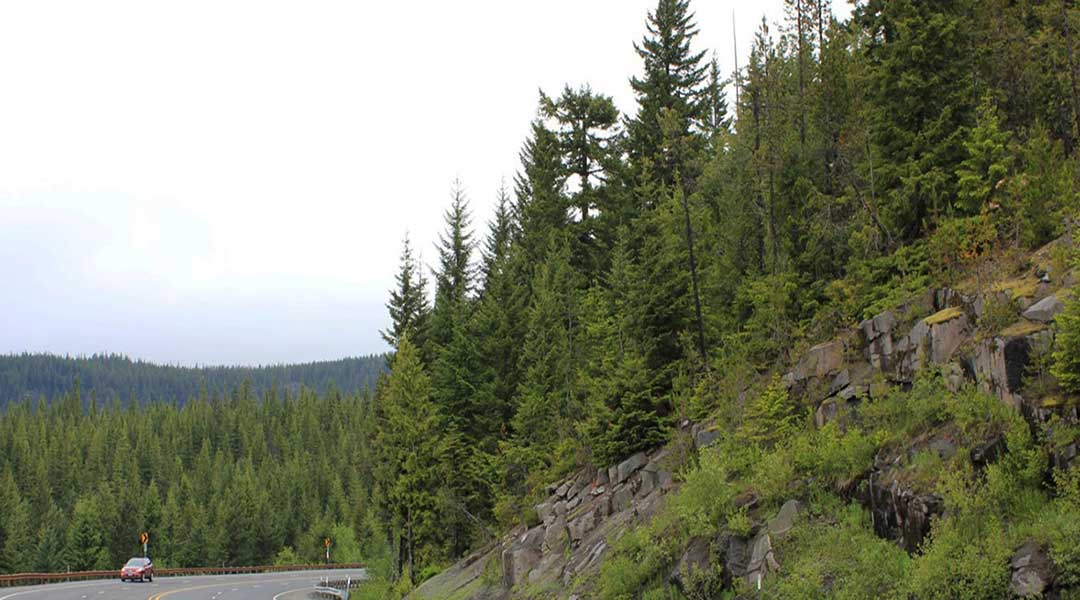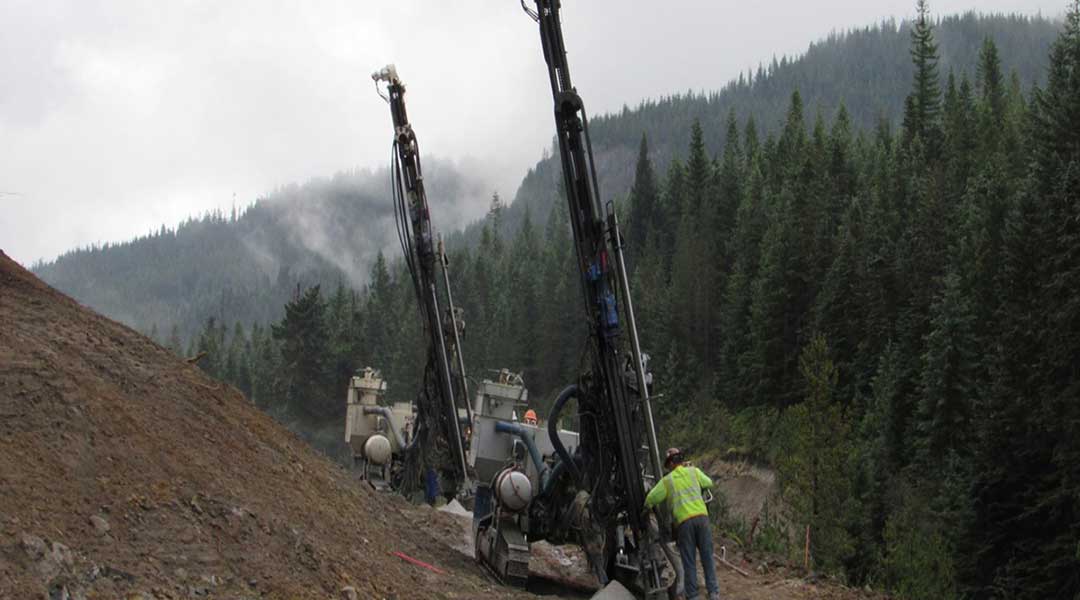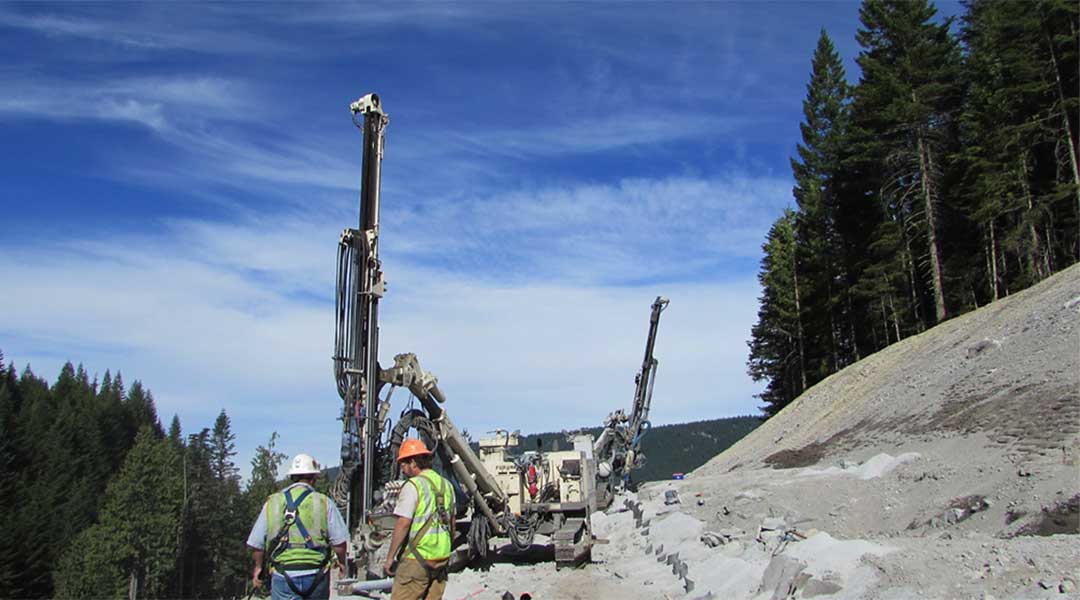U.S. 26 Mt. Hood Safety
Project Overview
Oregon Department of Transportation (ODOT) designed this project to improve traveler safety by reducing severe crossover crashes that lead to fatalities and serious injuries and reduce rockfalls on the Mt. Hood Highway (U.S. 26) just east of Rhododendron and Oregon Highway 35.
The old passing lanes ended in curvy sections which were difficult for drivers to navigate. ODOT extended the downhill passing lanes for a total of about 1,400 feet. This provides drivers with more room and time to form a single lane of traffic. In addition, rock falling from the slopes adjacent to U.S. 26 between Kiwanis Camp Road and Mirror Lake was hazardous to travelers. A number of rock slopes were dangerously close to the highway. Several crashes and significant damage to vehicles were recorded due to rock fall. McCallum Rock Drilling moved the existing rock slope away from the roadway to create a more stable slope to reduce rock fall and create a wider catchment area to retain rocks that could fall from the slope.
Details
- Owner: Oregon Department of Transportation
- Project Type: Safety
- Location: Mount Hood, OR
- Completion Date: Fall 2016
Challenges
Due to limited access at the top of the slope, a 350 ton crawler crane with a 193 foot lattice boom was used to support a self-contained hydraulic rock drill. The first lift of the 150 foot cut was drilled and blasted to a depth of 20-45 feet to create a bench wide enough for access. During the drilling and blasting operations, all crew members utilized fall protection safety equipment. Perimeter controlled blast holes were spaced every 30 inches with a borehole diameter of 3 inches. The final slope design is 0.5H:1V. Between each lift is a maximum offset of 18 inches. Production blast holes were spaced every 7 to 8 feet with a borehole diameter of 3.5 inches. After the top slope was blasted and excavated, the bench was created to set the drill and continue the drilling operation.
Outcome
Excavators and front-end loaders were used to clear the blasted rock from the roadway. Road closures were limited to 30 minutes. Blasted rock was cleared in the time frame provided. The shot size ranged from 1500 to 5000 cubic yards.
After three years, 51,000 pounds of explosives, 317,804 cubic yards of excavation and thousands of truck trips, the U.S. 26 Mt. Hood Safety Project was completed in fall of 2016. A celebration was held on Friday, October 28, 2016 at the Mt. Hood Cultural Center and Museum to celebrate the successful completion of this project.
Work With Us
We currently operate throughout the Western United States. We perform all applications of drilling and blasting including large-scale commercial quarries, heavy construction, road and highway construction, residential and commercial development, and utility and trenchline work.



